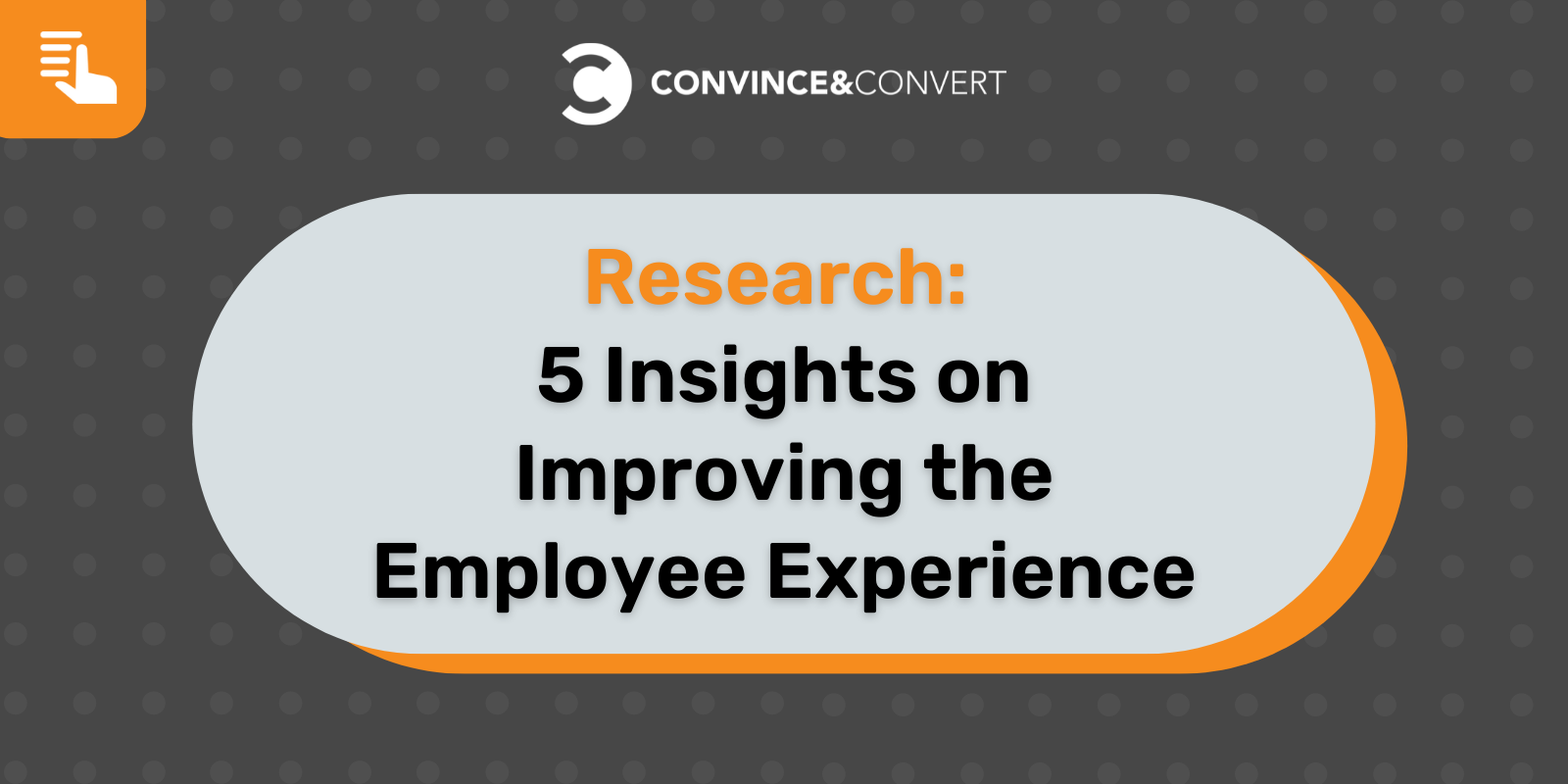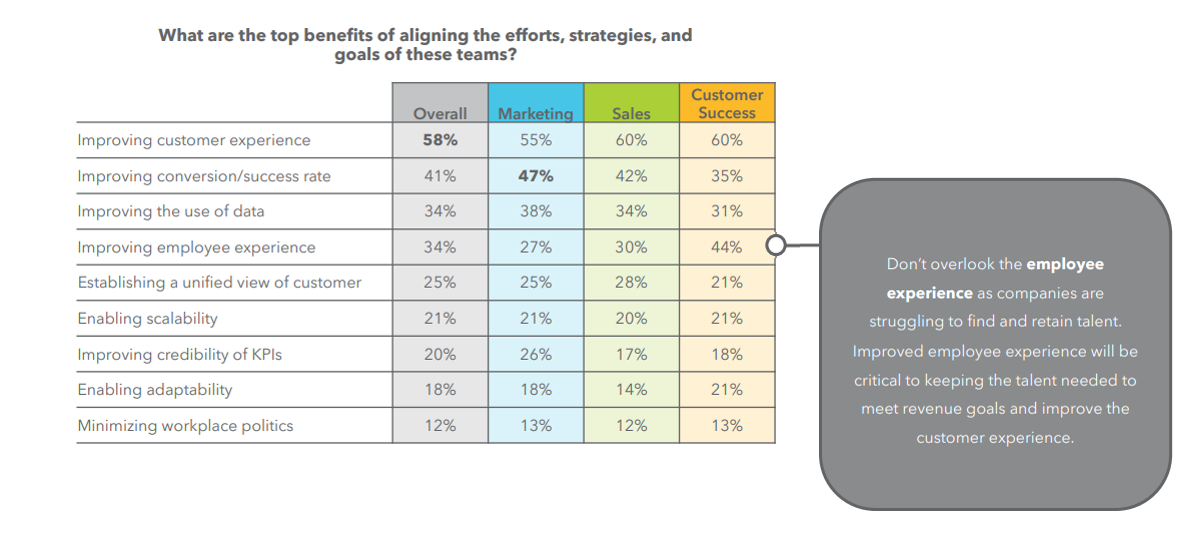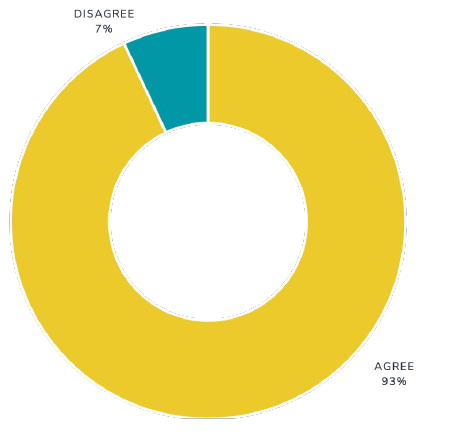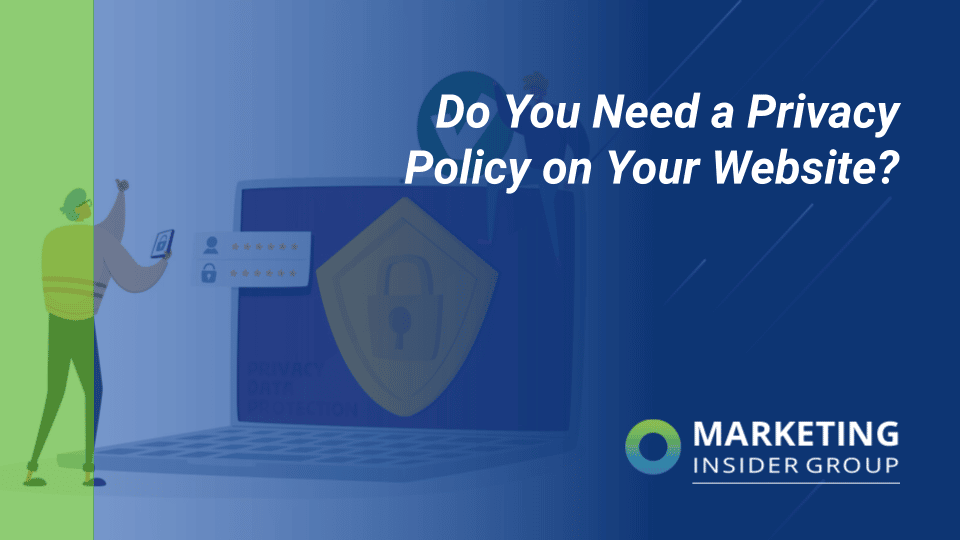
Who doesn’t love their privacy? In today’s digital landscape, user data is more important than ever, and protecting your customer’s privacy is a top priority for your business.
Not just for your business, for every business. Every time you have input data (intentionally or unintentionally) into a website or service, you’ve agreed to a privacy policy. It’s meant to protect the company that’s collecting the data and the visitor giving it up.

Keeping your business compliant to national (and international) standards is crucial to keeping you and your customers protected. This means implementing a rock-solid privacy policy (even if it’s ignored by your viewers).
Violations to privacy policy and data collection law can result in hefty fines for your company – all that can be avoided if you put the appropriate effort and resources into your policy.
Here’s a quick brush up from Attorney Aiden Durham to get you on track:
Quick Takeaways:
- If you’re collecting any kind of information from viewers on your website you need a privacy policy
- This isn’t an option, it’s a must-have legal requirement to protect you and your customers
- Privacy law is different by state, so it’s important to make sure your policy is layered and accounts for the outliers
Shift4Shop.com says:
Together with Terms of Service documents, acquiring user consent and Cookie Policy/Cookie Law, it’s a key component of what should be a 360° approach to making your e-commerce website compliant to both national and international regulations.
And they’re right! A tight privacy policy keeps you looking professional and credible with your website visitors.
What IS a privacy policy?
A privacy policy is a legal document provided to any user on a website that data is collected from. If you’re collecting data, you have to tell your visitor what data you’re collecting (demographics), how you’re collecting their data (methods), and why you’re collecting their data.
All three of these are extremely important. Some reasoning for data collection includes customer service, court ordered research, or general research into website improvement. This informative practice also extends to how you’re sharing it with third parties like Google Analytics or your marketing firm.
Another requirement for your privacy policy is letting your visitors know how to opt out of your services. Everyone gets a say in their data being collected, so they need to know how to contact you, the business, to get out of data collection.
Additionally, visitors to your website are allowed to request the data you have on file for them. You’ll need to create and write a protocol for them to be able to reach out and receive this information in a timely manner.
Privacypolicy.com uses Etsy’s privacy policy introductory summary as a good example of what to look for when writing yours:

Let the reader know what to expect from the contents of your policy. Also important – remind them that you care about them and their general security. Etsy leverages their introductory paragraph as means to soften their brand image.
“We believe in transparence, and we’re committed to being upfront about our privacy practices, including how we treat your personal information.”
This ‘we care about you’ sentiment is a great way of building trust with the people who actually take the time to click on and read your privacy policy, reinforcing brand loyalty and authenticity.
Don’t forget, if you’re working with a third-party company or software to analyze the data you’re collecting, they’ll require you to have a policy as well. It’s important to keep this in mind when you’re figuring out what you need on your website.
Who Writes a Privacy Policy?
Now that you understand what sort of content is required for a legitimate privacy policy you might be asking yourself – should I be writing it? Well, the answer is maybe.
You definitely could find a template online, use other privacy policies you think look good as reference, and hunker down to draft this important legal document. Maybe you’re a go-getter or this is the only option you have.
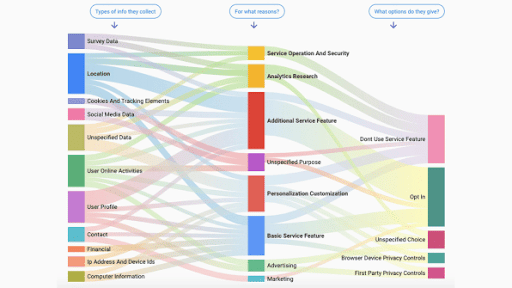
Source: Fast Company
But let’s face it, your business probably isn’t in data collection law. In reality, hiring a lawyer to write your privacy policy is a stronger strategy for your website (if you can afford it).
You don’t want to leave yourself legally unprotected to save a few dollars. Writing these is tricky, especially when accounting for outlier states and countries that have different laws from the normal ones. Hiring a lawyer saves you the headache of potentially paying hefty fines because of a poorly written policy.
Where Should Your Privacy Policy go?
This question has a couple of different answers depending on how you collect your users’ data.
For example, if you only collect data from those who visit your website that create accounts, then the appropriate place to put your privacy policy would be on their account creation screen. By requiring them to check the box, they are stating they’re aware of your practices and their rights.
If you’re harvesting data and demographics from anyone that visits your site, it has to pop up the second they enter your site. Oftentimes you’ll see the phrase “by using our website you are acknowledging our privacy policy”. This is a pretty easy way of protecting your back while collecting data for research.
The real answer is – it depends on how you’re collecting data.
Wrap Up
Yes – you do need a concrete privacy policy on your business’ website if you are collecting your visitors’ data. You need to be upfront, transparent, and professional about how you conduct your business and research.
You definitely don’t have to (and shouldn’t) go in alone when crafting your privacy policy. Hiring experts with proven track records will protect your company and your visitors’ worries about data collection. Now you have the knowhow – get to writing a policy or go fix your current privacy up!
Do you want to use some of the marketing strategies seen here on MIG’s site but need some help or advice? Marketing Insider Group has a team of 35+ experienced writers ready to produce content for YOUR business. Check out our weekly blog content service or schedule a free consultation.
The post Do You Need a Privacy Policy on Your Website? appeared first on Marketing Insider Group.
Did you miss our previous article…
https://www.sydneysocialmediaservices.com/?p=2932

